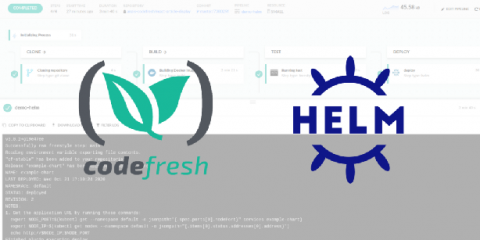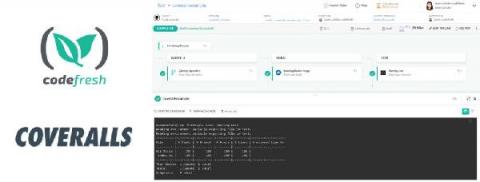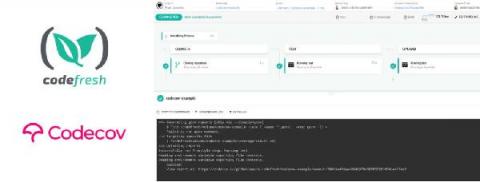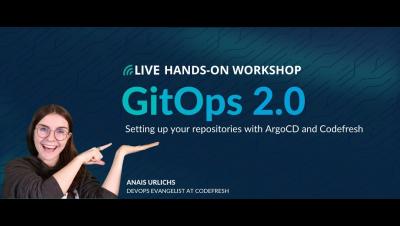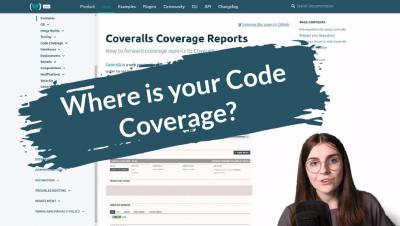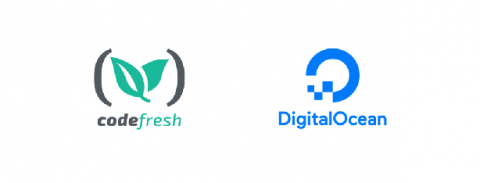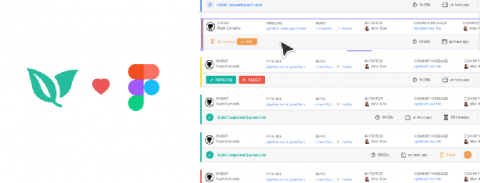Using Helm to Deploy a Kubernetes Application to Multiple Environments (QA/Stage/Prod)
One of the most typical challenges when deploying a complex application is the handling of different deployment environments during the software lifecycle. The most typical setup is the trilogy of QA/Staging/Production environments. An application developer needs an easy way to deploy to the different environments and also to understand what version is deployed where. Specifically for Kubernetes deployments, the Helm package manager is a great solution for handling environment configuration.


